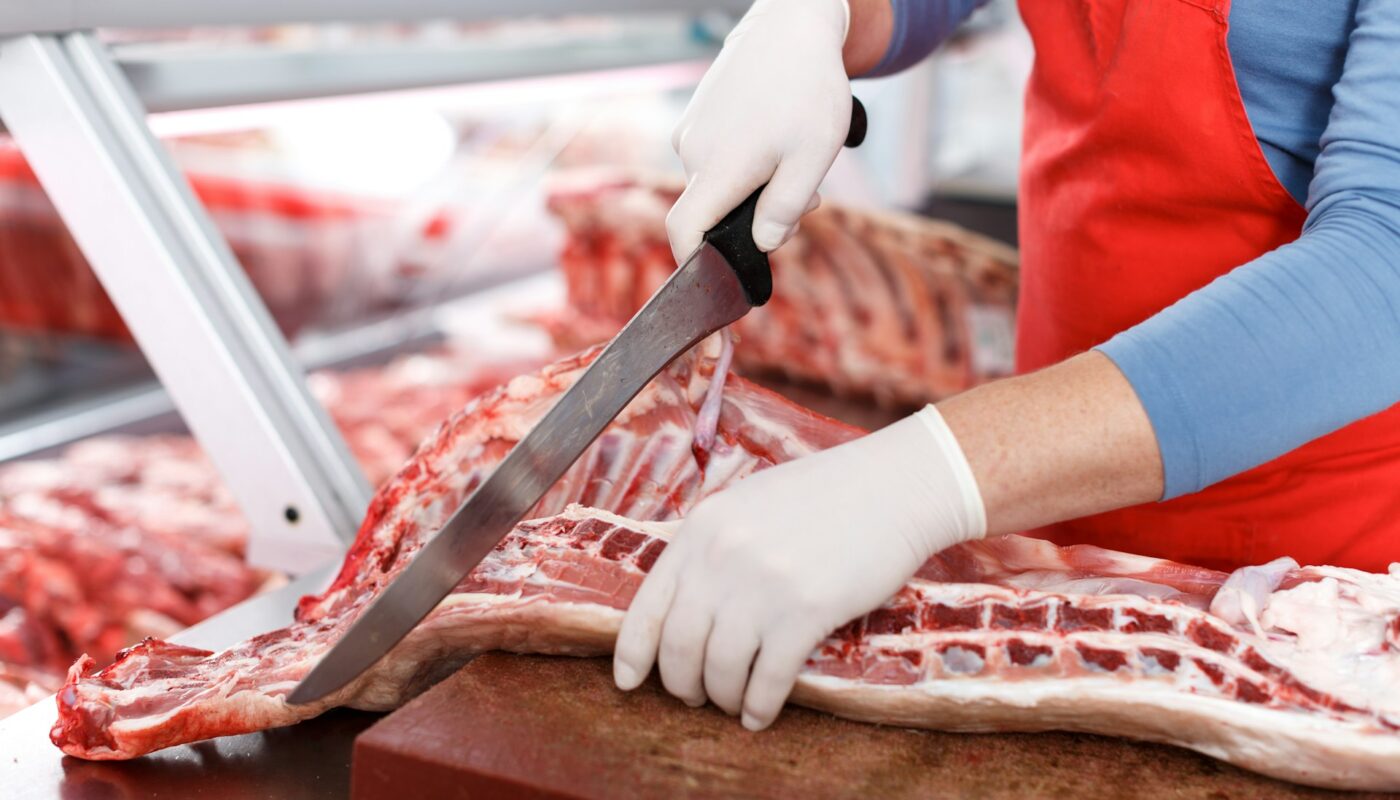In the complex world of meat processing, strict adherence to hygiene and sanitation practices is crucial, going beyond mere compliance. Meat plant cleaning is a foundational element in ensuring food safety, quality maintenance, and consumer health protection.
This article meticulously navigates through the pivotal realm of meat plant cleaning, shedding light on its meticulous step-by-step procedures, addressing the unique challenges presented by chicken plant sanitation, underlining the critical role of sanitation in upholding quality standards, spotlighting the professional solutions provided by meat processing plant cleaning services available in both Michigan and Illinois and emphasizing the imperative of prioritizing hygiene in meat processing facilities.
Overview of Meat Plant Cleaning and its Significance in Ensuring Food Safety
Beyond the machinery and operational processes within a meat plant, the dedication to cleanliness takes precedence. Meat plant cleaning transcends routine; it embodies a systematic approach aimed at eliminating contaminants, bacteria, and pathogens. This rigorous process ensures that the meat products processed meet the highest standards of safety and quality, a commitment upheld by services available in both Michigan and Illinois.
Understanding Meat Plant Cleaning Procedures
Detailed Explanation of the Step-by-Step Process Involved in Meat Plant Cleaning
- Pre-cleaning Preparations: The journey of meat plant cleaning commences with meticulous preparations, ensuring that all necessary tools, cleaning agents, and safety protocols are in place.
- Disassembly and Removal of Equipment and Machinery: Disassembling and removing equipment allows for thorough access to every nook and cranny, addressing potential contamination points.
- Dry Cleaning and Removal of Loose Debris: Dry cleaning marks the initial sweep, focusing on eliminating loose debris and preparing surfaces for more in-depth wet cleaning.
- Wet Cleaning and Sanitization Using Approved Detergents and Disinfectants: Wet cleaning involves the application of approved detergents and disinfectants, ensuring the eradication of bacteria and pathogens that may compromise food safety.
- Rinse and Inspection: A meticulous rinse follows the cleaning process, and inspection becomes the quality control checkpoint to ensure that every surface meets the required standards.
- Reassembly and Equipment Installation: The final steps involve the reassembly and reinstallation of equipment, laying the foundation for the resumption of meat processing operations.
Importance of Following Specific Cleaning Protocols and Guidelines
The efficacy of meat plant cleaning is contingent upon following specific protocols and guidelines. Standardized procedures not only ensure consistency but also guarantee compliance with industry regulations, providing a comprehensive approach to sanitation, a commitment echoed in services provided in Michigan and Illinois.
The landscape of meat plant cleaning has evolved with the integration of advanced technologies and equipment. Automated systems, cutting-edge sanitization agents, and state-of-the-art tools contribute to more efficient and effective cleaning processes, a testament to the commitment to excellence upheld by services in Michigan and Illinois.
Chicken Plant Sanitation: Ensuring Clean and Safe Meat Processing
Chicken plant sanitation introduces unique challenges due to the nature of poultry processing. The emphasis is on preventing cross-contamination and bacterial growth, ensuring that every step in chicken processing maintains the highest standards of cleanliness.
In chicken plant sanitation, the prevention of cross-contamination and bacterial growth is not just a priority; it’s a necessity. Rigorous cleaning and sanitation procedures are in place to guarantee the safety of chicken products. The arsenal of specialized cleaning agents and procedures in chicken processing facilities is tailored to the specific challenges posed by poultry, ensuring that cleanliness is not compromised, and the end products meet stringent safety standards, a commitment mirrored by services in Michigan and Illinois.
Meat Plant Sanitation: Maintaining Hygiene and Quality Standards
Beyond safety, meat plant sanitation plays a pivotal role in maintaining the quality of meat products. Clean and sanitized processing environments contribute to the preservation of flavor, texture, and overall product quality.
Inadequate sanitation practices not only compromise the quality of meat products but also pose significant health and safety risks. Contaminated meat products can lead to foodborne illnesses, product recalls, and damage to consumer trust. The establishment of comprehensive sanitation plans and schedules is foundational in maintaining hygiene and quality standards, a commitment upheld by services in Michigan and Illinois.
Regular and systematic cleaning routines contribute to a proactive approach, preventing potential issues before they arise.
Slaughterhouse Cleaning and Sanitation Services: Professional Solutions for Food Safety
The complexity of maintaining cleanliness in slaughterhouses necessitates professional solutions. Slaughterhouse cleaning services bring expertise, experience, and specialized knowledge to the intricate task of cleaning and sanitizing these critical facilities.
Outsourcing cleaning and sanitation to professionals not only ensures expertise but also relieves the burden on in-house staff. This enhances efficiency, adherence to regulations, and overall effectiveness in maintaining a safe and sanitized slaughterhouse environment.
Real-life case studies serve as testaments to the transformative impact of professional slaughterhouse cleaning services. Success stories underscore improvements in cleanliness, safety, and overall operational efficiency. The proficiency of these services is available to meat processing facilities in both Michigan and Illinois, ensuring a comprehensive and regional commitment to excellence.
Conclusion
In conclusion, the importance of meat plant cleaning and sanitation extends beyond regulations; it is a commitment to consumer safety, product quality, and the integrity of the entire meat processing industry. A call to action urges meat processing facilities, particularly in Michigan and Illinois, to prioritize hygiene and safety, recognizing that cleanliness is not just a task but a commitment to consumer well-being.
As the curtain falls, the article leaves readers with the understanding that professional slaughterhouse cleaning services are not just a choice; they are a strategic investment in maintaining the highest standards of food safety and operational excellence, exemplified by the services available in Michigan and Illinois.



